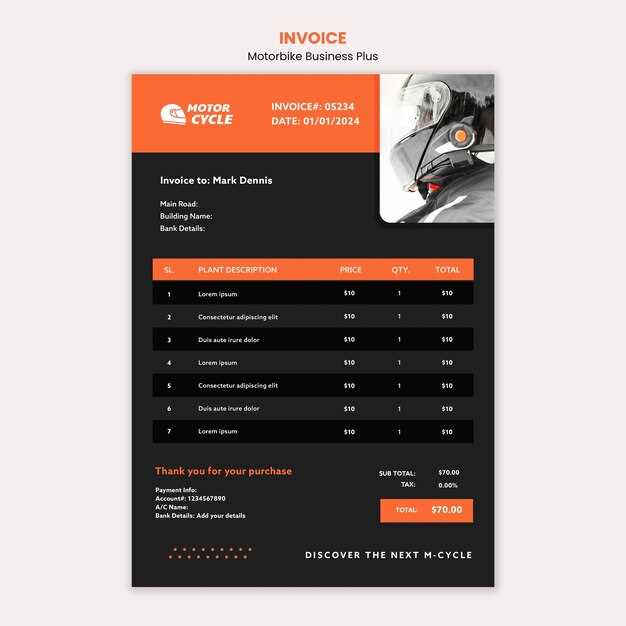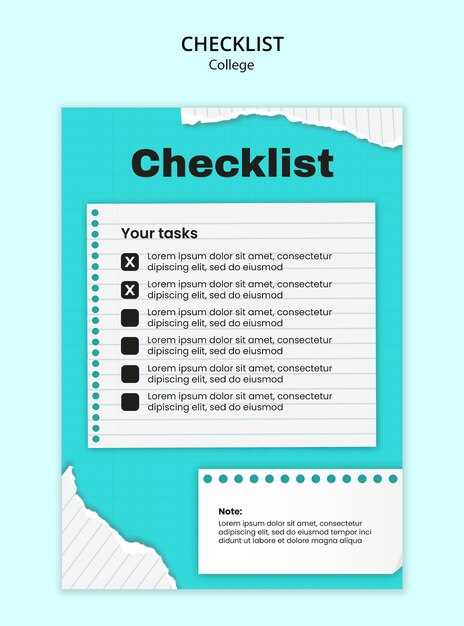
Maintaining the health of your vehicle is crucial for ensuring its longevity and performance. Regular maintenance not only prevents potential issues but also enhances safety on the road. As a responsible car owner, it’s essential to stay proactive and keep track of your vehicle’s needs on a monthly basis.
Vehicle maintenance encompasses a range of tasks, each aimed at preserving the integrity and efficiency of your car. From checking the fluid levels to inspecting the tires, staying on top of these responsibilities can make all the difference in your driving experience. By adhering to a structured monthly checklist, you will be able to identify small problems before they develop into costly repairs.
This article will guide you through a comprehensive monthly vehicle maintenance checklist, ensuring that you cover all the essential aspects to keep your car in optimal condition. By committing to this routine, you not only enhance your vehicle’s performance but also contribute to safer roadways for everyone.
Inspect Fluid Levels and Top Off as Needed

Maintaining your vehicle’s fluid levels is crucial for ensuring its overall health and performance. Regularly checking these fluids should be a fundamental part of your monthly vehicle maintenance checklist. These fluids include engine oil, coolant, brake fluid, transmission fluid, power steering fluid, and windshield washer fluid.
Start by checking the engine oil level. A low oil level can lead to engine wear and potential damage. Be sure to use the dipstick, wipe it clean, and reinsert it to get an accurate reading. If the oil is below the recommended level, top it off with the appropriate type of oil as outlined in your owner’s manual.
Next, inspect the coolant level in the reservoir. Proper coolant levels help maintain optimal engine temperatures. If the coolant is low, add the correct mixture of coolant and water as specified in your vehicle’s documentation. This ensures efficient heat transfer and prevents overheating.
The brake fluid is another essential fluid to check. It is crucial for the vehicle’s braking system performance. If the level is low, it can indicate a leak in the system. Always make sure to replace it with the recommended fluid type to ensure safety while driving.
Transmission fluid plays a vital role in smooth gear transitions. Low levels can lead to shifting issues and potential transmission failure. Regularly check this fluid and top it off as necessary, following the manufacturer’s guidelines.
Power steering fluid is important for easy steering control. Inspect this fluid level and refill as needed to maintain optimal steering performance. Finally, don’t forget to check the windshield washer fluid, ensuring clear visibility during adverse weather conditions.
By regularly inspecting and topping off these fluids as needed, you can help extend your vehicle’s lifespan and optimize its performance. Include this fluid level check as a vital part of your monthly maintenance checklist to promote ongoing vehicle health.
Check Tire Pressure and Tread Depth
Regularly checking your tire pressure and tread depth is essential for maintaining the health of your vehicle. It’s a critical part of your monthly maintenance checklist that can enhance safety, improve fuel efficiency, and extend the lifespan of your tires.
Tire Pressure: Begin by inspecting the air pressure in each tire, including the spare. Use a reliable tire pressure gauge to obtain accurate readings. Most vehicles have recommended pressure levels indicated on a sticker inside the driver’s door frame or in the owner’s manual. Maintaining the correct tire pressure helps ensure optimal traction, handling, and braking performance. Under-inflated tires can lead to uneven wear and increase the risk of blowouts, while over-inflated tires can result in a harsh ride and reduced grip.
Tread Depth: Next, assess the tread depth of each tire. Tread depth is crucial for safe driving, as it affects traction, especially in wet or slippery conditions. A simple method to check this is the penny test. Insert a penny into the tread groove with Lincoln’s head facing down; if you can see the top of his head, it’s time to replace your tires. Ideally, tread depth should be at least 2/32 of an inch for adequate performance.
By routinely adding tire pressure and tread depth checks to your maintenance checklist, you can ensure a safer driving experience and prolong the life of your tires.
Examine Battery Condition and Clean Terminals

Regularly examining the battery condition is crucial for maintaining the overall health of your vehicle. A well-functioning battery ensures reliable starting and powers essential electrical components. Start by checking for any signs of corrosion around the terminals, which can hinder the battery’s performance. If you notice any buildup, it’s important to clean the terminals using a solution of baking soda and water. This not only improves conductivity but also extends the lifespan of the battery.
In addition to cleaning, inspect the battery for leaks, cracks, or swelling, as these can indicate deeper issues. Ensure that the battery connections are tight and secure to prevent any interruptions in power delivery. Performing these checks monthly will help you identify potential problems early and keep your vehicle running smoothly. Remember, a well-maintained battery contributes significantly to the overall efficiency and reliability of your car.



